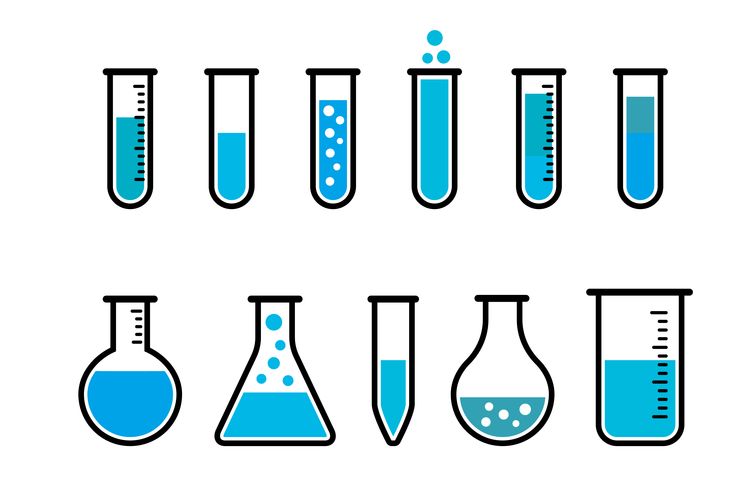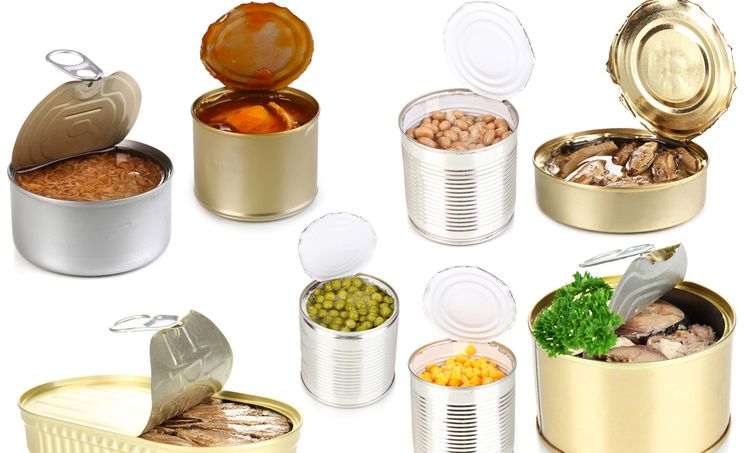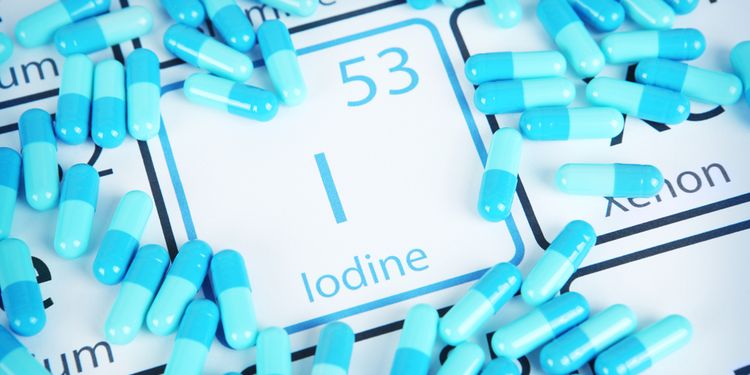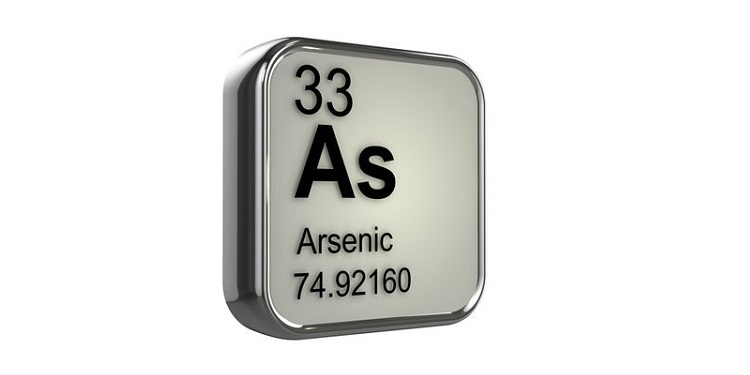12 Toxic Hormone-Altering Chemicals And How To Avoid Them

I recently had the privilege of attending a private event put on by the Plastic Pollution Coalition, an organization devoted toward a world free of plastic pollution and its toxic impacts on humans, animals, the ocean and the environment.
Aside from the incredible live performances of Ben Harper, Bonnie Raitt and Jackson Browne, I also got to hear about how plastic affects not only our environment, but our bodies.
More specifically, I got to hear all about how plastic contains some pretty nasty endocrine disruptors, which can wreak havoc on our bodies.
Increasing or decreasing hormone production in ways you don’t want.
Turning one hormone into another.
Interfering with hormone signaling.
Giving cells the heads up that it’s cool to die prematurely.
Crowding out essential nutrients.
Binding to key hormones.
Accumulating in organs that produce said key hormones. And the list goes on. Not pretty.
This got me thinking about where else these hormone-altering chemicals exist, as well as the best ways to avoid them. Here are twelve of the worst hormone disruptors, how they accomplish their nasty business, and some key tips for avoiding them.

1. BPA
We’ve all heard the expression that imitation is the sincerest form of flattery, but in this case… not so much. BPA is a chemical that can mimic the sex hormone estrogen in your body, and the results are not so sexy. BPA has been linked to various forms of cancer, most notably breast cancer, as well as reproductive problems, obesity, early puberty and heart disease. According to government testing, as many as 93% of Americans have BPA in their bodies. Frightening.
How To Avoid It:
The lowest-hanging fruit is to abolish canned foods from your life. Many food cans are lined with BPA.
Stop taking paper receipts. I understand your fear of the tax-man. You’re not alone. Get receipts emailed to you or simply take photos of them. Receipts are often printed on thermal paper, which is coated with BPA.
Avoid all plastics labeled with a “PC,” which stands for polycarbonate, or recycling label #7. While not all of these plastics will contain BPA, many of them do. So unless you have a particular attachment to polycarbonate, you’re better off being safe than sorry when it comes to keeping synthetic hormones away from your body.

2. Dioxin
Personally, I’m not a very good multi-tasker. In fact, I believe that multi-tasking in general is a myth. So anytime I come across someone who can multi-task with any sort of efficiency, I get pretty impressed. Dioxin is the exception.
Dioxins form during a variety of industrial processes when bromine or chlorine are burned in the presence of oxygen and carbon. Multi-tasking of the worst kind.
Dioxins can disrupt the very delicate and intricate ways that both female and male sex hormone signaling occurs. Not good.
Research has shown that low-level exposure to dioxin while in the womb, or early in life, can lower sperm count and permanently affect sperm quality during a man’s prime reproductive years. But wait… there’s more! Dioxins are also powerful carcinogens that can negatively impact the reproductive system and the immune system.
How To Avoid It:
I’ll be blunt, it’s a tall order. The American food supply is widely contaminated due to the ongoing release of dioxin. Products such as milk, eggs, meat, fish and butter are most likely to be contaminated, so if you consume these, be sure to choose the highest quality versions available to you. 100% grass-fed beef. Pastured eggs and dairy. Wild-Caught fish from responsible and reputable fishermen. Buy local across the board whenever possible and try to get to know the people who are putting food on your kitchen table.

3. Atrazine
What are your thoughts on she-male frogs? If you’re pro she-male frogs, then atrazine is what you’ve been looking for! Researchers have found that exposure to even low levels of this herbicide can literally turn male frogs into females, with the ability to even produce completely viable eggs.
If this alone doesn’t blow your mind, re-read it again.
Atrazine is used on the majority of corn crops in the US, and accordingly is a widespread drinking water contaminant. It’s been linked to delayed puberty, breast tumors, prostate inflammation in animals, and newer research has begun to link it with prostate cancer in people.
How To Avoid It:
Buy organic produce. That’s one of the two easiest things you can do, if your budget allows for it. The second is to have a solid water filter in your home. I did lots of neurotic research on water filters before choosing the Multipure MP750SB. While there are other good ones out there (from Multipure or otherwise), this one gets you decent bang for your buck, is extremely easy to install and most importantly – works REALLY well.

4. Phthalates
50 billion cells in your body die every day. And believe it or not, this is considered both “normal” and healthy. But studies have shown that phthalates can make your testicular cells die sooner than they should. In addition, phthalates have been linked to lower sperm count, hormone changes, less mobile sperm, birth defects in the male reproductive system, diabetes, thyroid irregularities and obesity.
How To Avoid It:
Avoid plastic food containers, plastic wrap and even children’s toys made from PVC, which has the recycling label #3. You’ll also want to Toxic Personal Care Products You Need to Replace avoid personal care products that contain added fragrance, as this term sometimes means hidden phthalates.

5. Perchlorate
When this chemical gets into your body it competes with the nutrient iodine, which your thyroid gland requires in order to make thyroid hormones. So if you ingest too much of it, you could easily end up altering your thyroid hormone balance. This is a big deal because these are the hormones that regulate metabolism in adults and organ development in young children and infants.
How To Avoid It:
As mentioned previously, get yourself a great water filter. From there, make sure you’re getting enough iodine in your diet. The top iodine-rich foods are: dried seaweed, cod fish, yogurt, turkey breast, navy beans, tuna, eggs, baked potato, strawberries and cranberries.

6. Fire Retardants
In 1999, Swedish scientists who were studying women’s breast milk made an odd discovery: the milk contained an endocrine-disrupting chemical found in fire-retardants, with levels doubling every five years since 1972. These chemicals, known as polybrominated diphenyl ethers (PBDE’s) can imitate thyroid hormones in our bodies and mess with their activity, leading to significant health effects.
How To Avoid It:
This is a tough one to avoid, but there are certain things you can do. Use a vacuum with a HEPA filter to reduce toxic home dust. After researching these vacuums pretty extensively, and taking into consideration performance, cost and durability, the Bissell CleanView Upright Vacuum and Shark Navigator Lift-Away Professional Upright Vacuum are in my opinion the two top options for home use.

7. Lead
By now most people know that lead is toxic. It harms every organ in your body and has been linked to permanent brain damage, hearing loss, miscarriage, premature birth, kidney damage, premature birth and nervous system complications.
What you might not know however is that lead can disrupt the hormone signaling that controls your HPA axis, which is vital to coping with stress, as well as the prevention of high blood pressure, diabetes, anxiety and depression.
How To Avoid It:
Yet again, get yourself a good water filter. Hopefully we’ll pound this one home by the time you’re done reading. And get rid of old lead paint in your home, but do so very carefully as crumbling old paint can become a major source of toxic lead exposure. And finally, eat better. The cleaner you eat, the less lead you’re likely to absorb.

8. Arsenic
This toxin is in your food and your drinking water. And if you consume enough of it, it can straight up be the end of you. In lesser quantities however, it can cause lung, bladder or skin cancer.
Additionally, arsenic can interfere with normal hormone functioning in the glucocorticoid system that controls how our bodies process sugars and carbs. The result? How To Avoid It:
Here again is that link to the Multipure MP750SB. Seriously. It can drastically reduce your intake of many of the items on this list, especially arsenic.
9. Mercury
You’ve probably heard that eating sushi can be like playing mercury roulette. But how does mercury even get into fish in the first place?
A naturally occurring but toxic metal, mercury enters the air and the ocean mainly through burning coal. Seafood gets contaminated and voila, you have mercury in between your chopsticks.
Pregnant women are at the highest risk of suffering from the effects of mercury toxicity, as it concentrates in the fetal brain and can interfere with brain development. It’s also known to bind directly to the hormone that regulates women’s ovulation and menstrual cycles, which interferes with signaling pathways.
In a nutshell, hormones don’t function all that well when they’ve got mercury bound to them.
How To Avoid It:
I like fish quite a bit. And I really like sushi. If you’re like me and are not keen on giving up sustainable seafood, try to stick to wild salmon and responsibly-farmed trout. These are lower-mercury options that can keep you enjoying the foods that you love.

10. Perfluorinated Chemicals (PFC’s)
These chemicals are all-around poisonous, with one particularly awful compound called PFOA leading the way. PFOA has been shown to be totally resistant to biodegration, meaning it won’t break down in the environment – period. Exposure to PFOA has been linked to reduced sperm quality, low birth weight, thyroid disease, kidney disease and cholesterol problems, among a slew of other health issues.
How To Avoid It:
Get rid of any non-stick cookware that you might have. I personally use a great set of stainless steel pots and pans by Cuisinart, as the material is a healthy, durable and cost-effective choice. Pick up a great multi-piece cookware set by Cuisinart or any other reputable company.

11. Organophosphate Pesticides
Did you know that the predecessor to the chemistry used to develop organophosphate pesticides were compounds produced by the Nazis in anticipation of chemical warfare during World War II? Let’s just be thankful that these were never used. None the less, this should tell you just how toxic these pesticides can be.
Studies have linked organophosphate exposure to fertility problems, behavior issues, stunted brain development, interference with the way testosterone communicates with cells, reduced levels of testosterone and altered thyroid hormone levels. In spite of this, these pesticides are still amongst the most common ones in use to this very day.
How To Avoid It:
Buy organic produce whenever possible. It’s the most surefire way to limit or even eliminate the amount of pesticides that you ingest.

12. Glycol Ethers
Shrunken testicles, anyone?
This is one of the observed effects on rats exposed to glycol ethers, which are common solvents in paints, cleaning products, brake fluids and cosmetics. Studies of painters have linked exposure to certain glycol ethers to lowered sperm counts and blood abnormalities. In other studies, children who were exposed to glycol ethers from the paint in their bedrooms had significantly elevated asthma and allergy issues.
How To Avoid It:
Check out our list of
